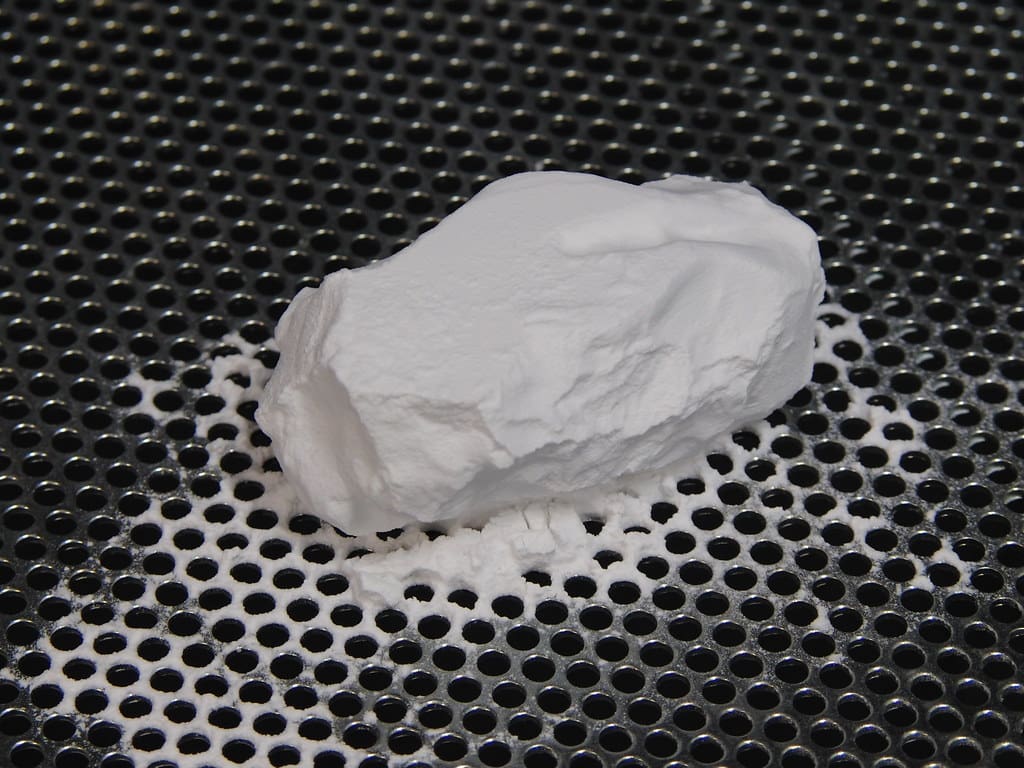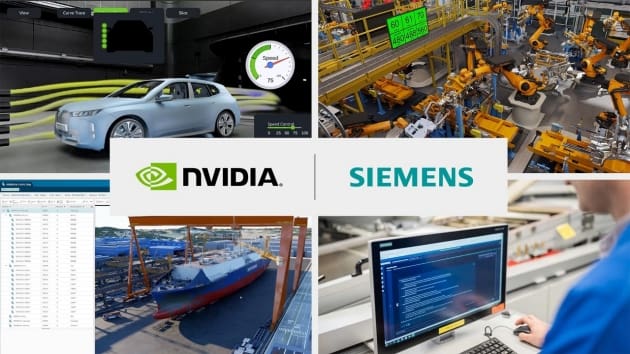Nanomaterials, characterized by their extremely small scale—typically between 1 and 100 nanometers in at least one dimension—exhibit unique physical, chemical, and biological properties that are not seen in their bulk counterparts. These materials are pivotal in a range of applications, from medicine and electronics to energy and environmental technologies. The integration of 3D printing, or additive manufacturing, with nanomaterials production is opening up new vistas in how these materials are engineered, offering unprecedented control over their properties and functionalities.
The Emergence of 3D Printing in Nanomaterials
Initially confined to the realms of prototyping and small-scale manufacturing, 3D printing has expanded into the field of nanotechnology, specifically in the creation and manipulation of nanomaterials. This advancement has been driven by developments in nano 3D printing technologies such as two-photon polymerization (2PP), which allow for the precision necessary to manipulate matter at the nano-scale. This capability to print with nanomaterials not only streamlines the manufacturing process but also enhances the functionality of the materials, creating new opportunities for innovation.

Advantages of 3D Printing in Nanomaterials
Precision and Complexity: Nano 3D printing offers the ability to construct complex nanostructures with precise control over shape, size, and morphology. This precision is crucial for tailoring the properties of nanomaterials to suit specific applications.
Rapid Prototyping and Innovation: 3D printing enables quick turnaround times from design to prototype, significantly speeding up the innovation cycle in nanomaterials development. This is particularly valuable in fast-paced research areas like pharmaceuticals and renewable energy.
Customization and Scalability: With 3D printing, nanomaterials can be engineered to specific requirements for a particular application, providing customized solutions that are not feasible with traditional manufacturing methods. Additionally, these processes can be scaled up, offering pathways to commercial production.
Material Efficiency: 3D printing minimizes material waste by using only the amount of nanomaterial necessary to build the desired structure. This efficiency is especially important given the often high cost of nanoscale materials.
Key Applications of 3D Printing in Nanomaterials
Drug Delivery Systems: Nano 3D printing is utilized to create complex drug delivery mechanisms that can release pharmaceuticals at controlled rates, target specific biological sites, and encapsulate drugs to enhance their stability and efficacy.
Electronics and Photonics: In the realm of electronics, 3D printed nanomaterials are used to construct components with enhanced electrical, optical, and thermal properties. These components are integral to the development of advanced sensors, high-efficiency solar cells, and next-generation computing devices.
Catalysis: Nanomaterials engineered through 3D printing are employed in catalysis to increase the surface area and optimize the exposure of catalytically active sites, thereby improving the efficiency of chemical reactions.
Biomedical Implants and Devices: Nanoscale 3D printing is critical in the fabrication of biomedical implants and devices that mimic the complexity of biological structures. These can include scaffolds for tissue engineering that support cell growth and differentiation.

Challenges in 3D Printing for Nanomaterials
Resolution and Accuracy: Achieving and maintaining high resolution at the nanoscale remains a challenge, as even minor deviations can significantly impact the properties and functionality of nanomaterials.
Material Properties: The development of printable nanomaterials that maintain desired properties post-printing is complex, involving intricate control over the nanostructure during and after the printing process.
Technical Expertise: The field requires a high level of expertise in both nanotechnology and additive manufacturing, with ongoing research and development necessary to overcome current limitations and expand the capabilities of nano 3D printing.
Regulatory and Environmental Concerns: As with many nanotechnologies, there are concerns about the environmental impact and toxicity of nanomaterials, necessitating careful assessment and management to ensure safety and compliance with regulatory standards.
Future Directions in 3D Printing for Nanomaterials
The future of 3D printing in nanomaterials is marked by potential growth and innovation. Expected advancements include the development of new nano-inks, improved printing technologies that offer greater precision and material versatility, and enhanced integration with other manufacturing processes. These advancements could unlock further applications in areas such as energy storage, environmental remediation, and smart materials.
3D printing is set to revolutionize the field of nanomaterials, providing new methods for their design and production that enhance their performance and functional possibilities. As the technology continues to evolve, it promises to open up new frontiers in various industries, leveraging the unique properties of nanomaterials to address complex challenges. The ongoing integration of nanoengineering and 3D printing is poised to create a new era of material science innovation, impacting everything from healthcare to electronics to energy solutions.








